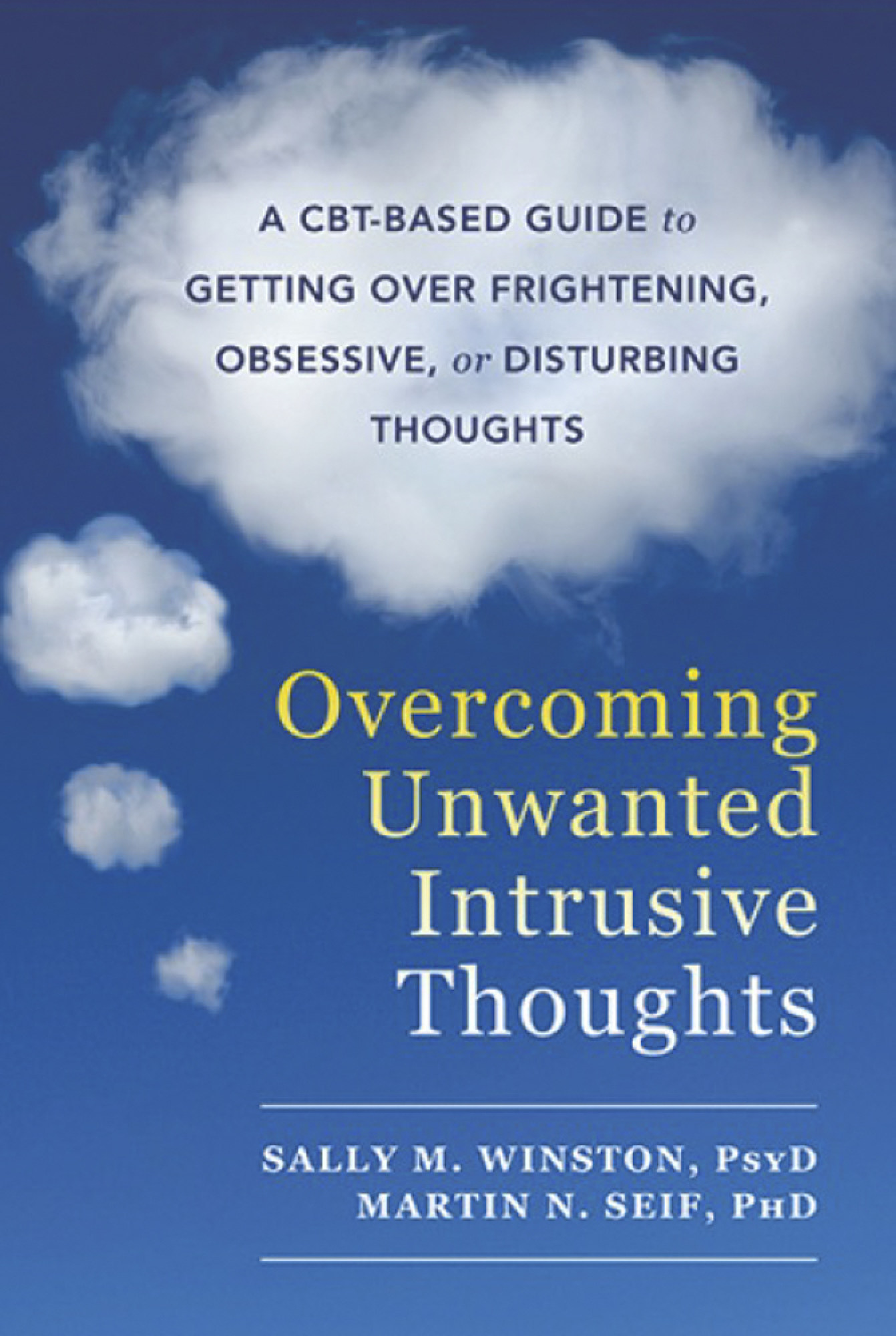
Is your inner voice too loud and negative? How to harness your internal monologue to improve your happiness and health
- Experts suggest techniques to combat intrusive thoughts, such as talking to yourself by name or imagining what you would say to a friend with the same issue
- Another technique for coping with negative introspection is to acknowledge it but then let it go. That way you rob the unhelpful thought of its power
Most of us have a voice in our heads that speaks to us when we introspect. It allows us to imagine, remember and reflect, then problem solve, innovate and create.
The flip side is that changing the conversations we have with ourselves has the potential to change our lives for the better.
American psychologist Ethan Kross has been studying conversations that people have with themselves for more than 20 years. He has discovered we can change what we say to ourselves, to harness this voice and make ourselves happier, healthier and more productive.

Kross, a professor at the University of Michigan’s psychology department and its Ross School of Business and the director of the Emotion and Self Control Laboratory, shares his findings in his book Chatter, The Voice In Our Head and How to Harness It.
The key to beating chatter is not to stop talking to yourself, Kross says, but to figure out how to do so more effectively. “We need the periodic pain of our internal conversations. The challenge isn’t to avoid negative states altogether – it’s to not let them consume you.”
“The instruments needed for reducing chatter and harnessing our inner voice aren’t something we need to go looking for,” he adds. “They are often hidden in plain sight, waiting for us to put them to work.”
The ability to step back from the echo chamber of our own minds so we can adopt a broader, more objective perspective is an important tool for combating chatter, Kross says. He suggests four techniques that shift the way we think to control the conversations we have with ourselves.
Use distanced self-talk: “One way to create distance when you’re experiencing chatter involves language. When you’re trying to work through a difficult experience, use your name and the second person ‘you’ to refer to yourself,” explains Kross.

Imagine advising a friend: Another way to think about your experience from a distanced perspective is to imagine what you would say to a friend experiencing your problem.
“Think about the advice you’d give that other person, and then apply it to yourself,” Kross advises.

Broaden your perspective: Chatter involves narrowly focusing on the problem we are experiencing. A natural antidote to this involves broadening our perspective.
“To do this, think about how the experience you’re worrying about compares with other adverse events you have endured, how it fits into the broader scheme of your life, and how other people you admire would respond to the same situation,” recommends Kross.
Reframe your experience as a challenge: Kross says that we have the ability to change the way we think about our experiences. Chatter is often triggered when we interpret a situation as a threat – something we cannot manage.
“To aid your inner voice, reinterpret the situation as a challenge that you can handle, for example, by reminding yourself of how you’ve succeeded in similar situations in the past.”

Switch from fight mode to acceptance
Sally Winston, founder of the Anxiety and Stress Disorders Institute of Maryland in the US, and Martin Seif are co-authors of the book Overcoming Unwanted Intrusive Thoughts. They explain that we all have upsetting or unwanted intrusive thoughts, which we are unable to get out of our minds.
The authors suggest that not wanting the thought, worrying about it and fighting it keeps the thought from passing quickly.
“Thoughts stick because of the energy we expend to fight them,” the pair explain. “One of the ways to practise is to invite the thought to enter your awareness in a slightly altered way.

Winston and Seif suggest six steps to reduce distress over a thought.
Recognise: Observe yourself as you experience each intrusive thought. Pause and label the thought. The action of labelling helps you to get used to accepting uncertainty in your life. What emotions and sensations do you feel? Watch yourself with curiosity and without judgment.

Just thoughts: Remind yourself that thoughts are just thoughts. These are automatic, and you can safely leave them alone. There is no need to act on them. Tell yourself to “sit this one out”.
Accept and allow: Accept and allow the thoughts in your mind. They do not require any attention or response. When you allow thoughts to be there, you are no longer struggling, and the thoughts lose their power. This attitude helps you grasp that the thoughts are unimportant.
Let time pass: Allow time to pass. Do not urge it on.
Proceed: Even while you are having the thoughts, continue whatever you were doing and had intended to do before their intrusion to rob them of power.
“If you practice these regularly, you will be breaking bad habits and training your brain to be less susceptible to intrusive thoughts,” say Winston and Seif, who recommend committing the acronym RJAFTP (Robert just ate fries, tacos and pies) to memory to help remember these techniques.
Using these tools, with patience and practice, we can learn to educate, motivate and train our minds to work in our best interests.

